Butterflies are insects that belong to the order Lepidoptera, which also includes moths. They are known for their beautiful and colorful wings, delicate flight, and fascinating life cycle. Butterflies are found in diverse habitats worldwide, from tropical rainforests to temperate regions.
Here are some key characteristics and facts about butterflies:
Physical Appearance:
Butterflies have two pairs of wings covered in scales. These scales give them their vibrant colors and patterns.
Their wingspan can vary greatly depending on the species, ranging from a few centimeters to over 25 centimeters (10 inches).
The body of a butterfly is divided into three main parts: the head, thorax, and abdomen. They have long, thin antennae on their heads and a proboscis (long, tubular mouthpart) used for feeding.
Life Cycle:
Butterflies undergo complete metamorphosis, which consists of four distinct stages: egg, larva (caterpillar), pupa (chrysalis), and adult.
The female butterfly lays eggs on specific plants, as each species has preferred host plants for their larvae.
The caterpillar hatches from the egg and spends most of its time eating and growing. It molts several times and sheds its skin as it grows.
When the caterpillar reaches its full size, it forms a chrysalis or pupa, where it undergoes a remarkable transformation. Inside the chrysalis, the caterpillar's body breaks down and rearranges into an adult butterfly.
Finally, the adult butterfly emerges from the chrysalis. Its wings are initially small and wrinkled but expand and harden over time.
Behavior and Adaptations:
Butterflies are diurnal, meaning they are active during the day and rest at night. They rely on sunlight for warmth and energy.
They have a unique way of feeding. Instead of chewing, butterflies use their proboscis to sip nectar from flowers. Some species also feed on rotting fruit, tree sap, or minerals found in mud.
Butterflies have excellent vision and can perceive a broad range of colors. They can also see ultraviolet light, which helps them locate food sources and find mates.
Many butterflies have developed specialized adaptations to avoid predators, such as camouflage, mimicry of toxic or distasteful species, and rapid flight.
Importance and Conservation:
Butterflies play a crucial role in pollination, transferring pollen from one flower to another, thus aiding in plant reproduction.
They are indicators of a healthy ecosystem and are often used as bio
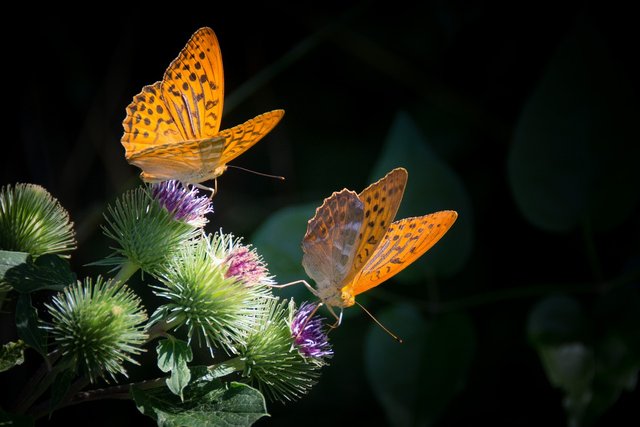
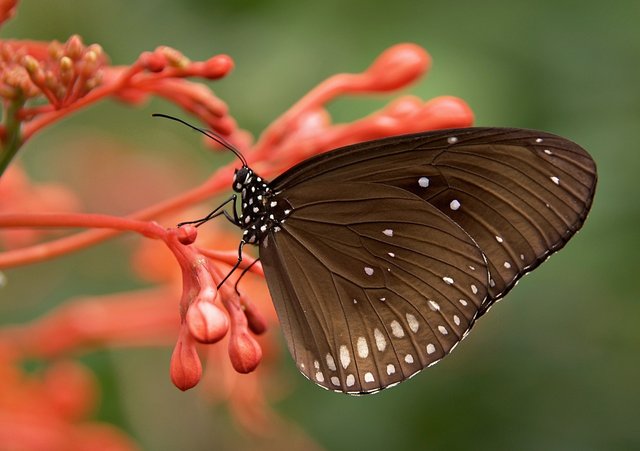
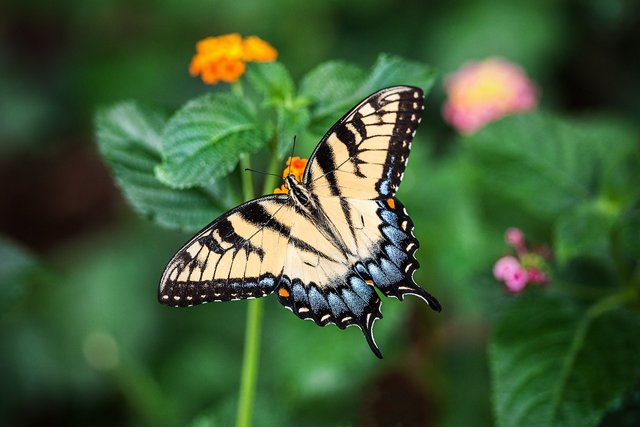
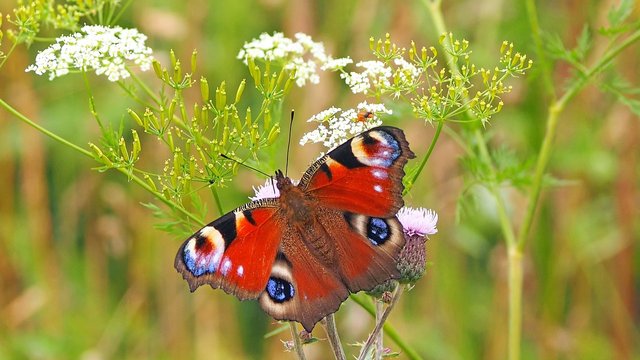
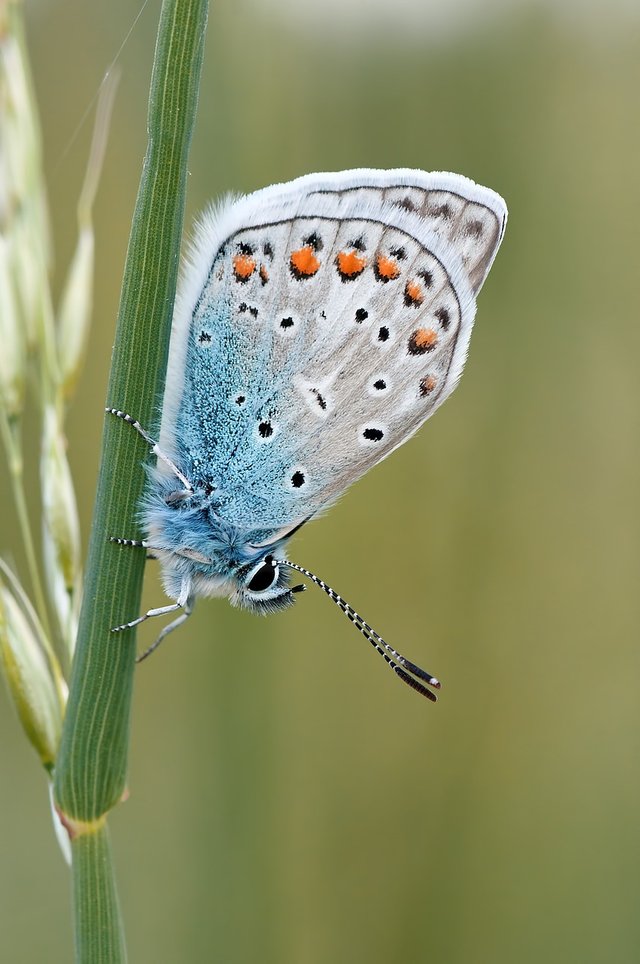
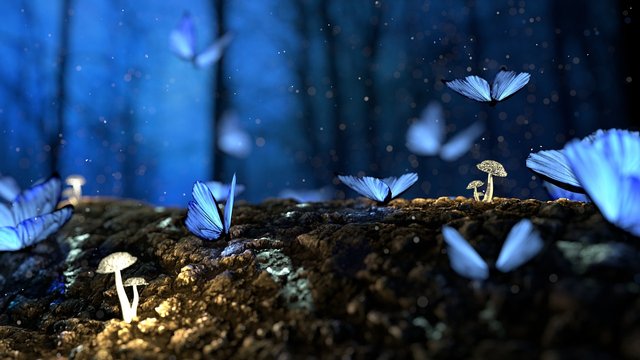
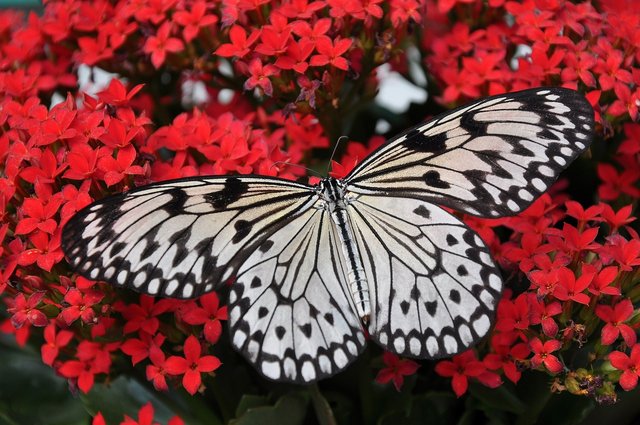
indicators to assess environmental quality.
Unfortunately, habitat loss, pollution, climate change, and pesticides pose significant threats to butterfly populations worldwide. Conservation efforts, such as preserving natural habitats, planting butterfly-friendly gardens, and reducing the use of harmful chemicals, are crucial for their survival.
Butterflies are not only captivating creatures to observe but also serve as a symbol of beauty and transformation. Their graceful flight and colorful presence have made them beloved by people of all ages.